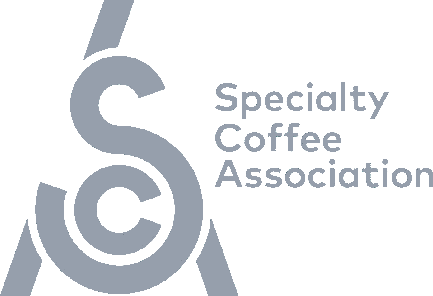Meet Wilton Benitez of Granja Paraiso 92
Click here for Wilton Benitez coffee in Europe & UK:
Read in this page the story of Wilton Benitez and the explanation of the Thermal Shock process.
Do you want to stay up-to-date with all recent news and offers about Granja Paraiso 92 Wilton Benitez and Thermal Shock? Sign up to our newsletter
Processing and coffee quality
Recently, specialty coffee consumers demonstrated a growing interest in the exploration of new and increasingly exotic flavors, and their curiosity demands innovation on the part of the industry.
The quality of coffee depends on a wide array of factors, such as the variety grown, the environmental conditions in which the plants are cultivated, the agronomic management of the crop and the state of maturity of the cherries at the time of harvest.
Still, it is the processing method used in coffee production that largely determines the quality of the final beverage. Remember that coffee fermentation is not the same as processing, as you can read here, together with other things you might not know about coffee fermentation.
Experimental processes are relatively new but have promoted a constant improvement in the sensory characteristics of coffees. For instance, Lactic Acid Fermentation is recently growing to be the focus of coffee processes as research reveals it may be linked to certain important attributes of the coffee in the cup.
Innovative methods require constant research, standardization and replicability in order to maintain the quality and traceability of the differentiated coffees required by the market. It is in these context that Wilton Benitez developed the thermal shock processing technique several years ago and has since devoted himself in continuously improving it.
What is Thermal Shock?
We asked Wilton to explain us his acclaimed thermal shock method, and in the following we summarize some of the key points that emerged from our conversation with him.
First of all, Wilton tells us that thermal shock is not a processing method in itself, as can be for instance the usual triad of Natural, Washed and Honey coffees, whose differences we have already explained in our blog post here.
Rather, thermal shock is one more step in the processing of coffee. Thermal shock, as the name suggests, consists of exposing the coffee mass to a succession of high and low temperatures.
Wilton explains that this can be considered similar to the blanching process used in the seafood and vegetable industries, or even in the fermentation process of vanilla.
The process has two phases. The first can be carried out in two ways that both require hot water. One option is using steam to expose the beans at higher temperature; the other one consists of immersing the grains in boiling water. The former has the drawback that it requires the use of specialized machinery with the related increasing costs and investment; the latter must be carried out in controlled conditions (temperature and duration of the process) to avoid burning the beans.
Subsequently, the second phase consists of lowering the temperature of the coffee mass, which is achieved by immersing the coffee in cold water, which can be achieved either with ice or with water at room temperature.
The resulting effect of this process is that the coffee mass is sterilized and homogenized, which prepares it for the subsequent inoculation of specific microorganisms in the fermentation phase. In this way, fermentation and the propagation of desirable microorganisms are encouraged.
Thermal shock vs. Other processing methods and its impact on the attributes in the cup
According to Wilton, this technique is just the initial stage of the following processing method and differs from others to the extent that thermal shock permits to improve the subsequent fermentation of the coffee, since the molecules that are the precursors of the aromas and flavours are modified with the temperatures.
Thermal shock causes certain groups of bacteria to be either encouraged or eliminated, and after this stage the coffee grower can continue with the actual process (aerobic or anaerobic) that she normally uses on his farm. The shock inactivates or destroys enzymes such as catalase, peroxidase and pectinase that can hinder the life length of the bean. An indicator of a well-performed thermal shock process is obtained by laboratory analysis showing that these enzymes have disappeared.
By eliminating the action of these enzymes, the beans can retain their natural conditions for much longer as a consequence of the reduction of the oxidation processes, which in turn increases the shelf life of the coffee beans.
Another enhancement is the elimination of the chemical residue in the beans to minimum levels versus the high chemical load that comes from the field during its cultivation phase due to the use of fertilizers and other agricultural inputs.
Regarding the specific aromas and flavours that this technique can develop in the cup, Wilton highlights the exotic fruit and caramel flavors, greater sweetness and less astringency that can arise. However, he stresses, this always depends on the cultivar that is being process as well as the initial quality of the cherries.
His incredible experience is demonstrated by the fact that he is able to grow more than 20 different varietals, each one with a different processing protocol adapted for each variety and growing conditions. If you haven’t done it already, register now into our digital sourcing platform in order to browse Wilton’s coffees and order some samples.
What is needed to carry out Thermal Shock and what’s The Algorithm?
As we stated above, the thermal shock recipe varies according to the specific cultivar that is being processed as well as the subsequent processing that will be applied, for instance whether it will a single or double fermentation. As an example, however, here is a reference protocol:
- Classification of the cherry by density and size
- Sterilization with ozone and ultraviolet (UV) rays
- First fermentation in cherry with selected microorganisms or bacteria are inoculated. Fermentation times and microbes are customized for each process and cultivar. For instance, the added microorganisms can be Saccharomyces Pastorianus yeasts, or they can be own strains cultivated on purpose in laboratory
- Pulping
- Second fermentation with the use of bioreactors under controlled and traceable conditions until the determined conditions of pH, Brix degrees and electrical conductivity are met, based on the reading of the densimeter
- Beans washing & Thermal shock (hot water then cold water)
- Removal of intracellular oxygen in the kernel will occur as a secondary effect of the thermal shock, which will produce an increase in density
- Uniform mechanical drying with temperature-controlled ecological equipment and recovery of released water
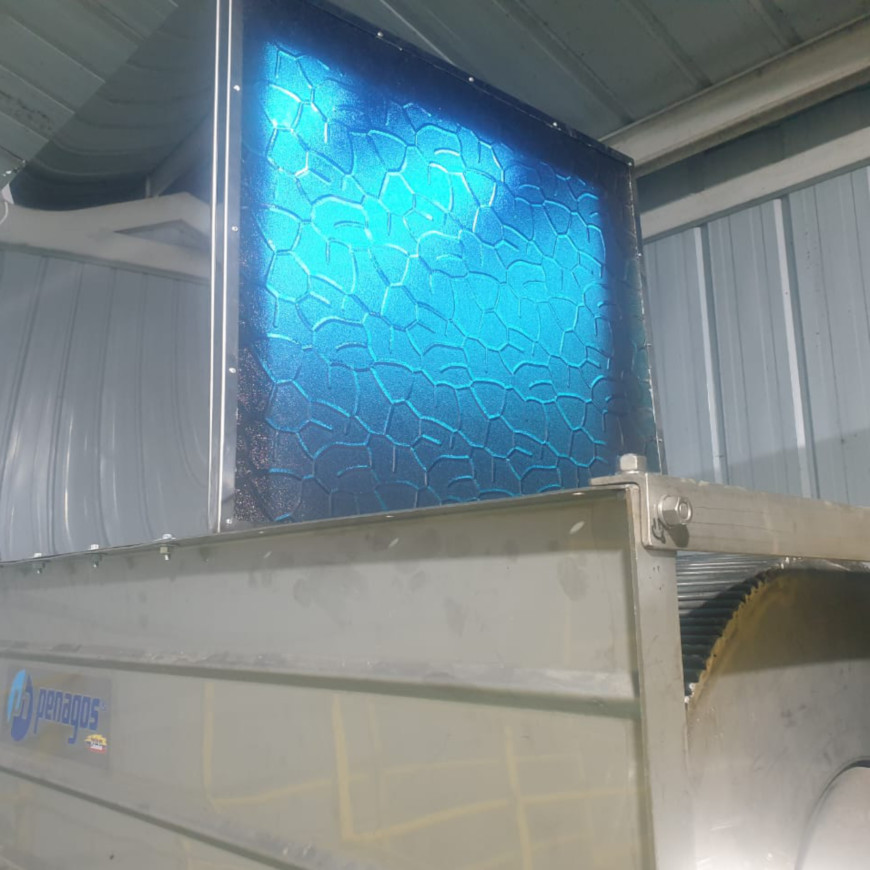
UV Sterilization. Courtesy: Wilton Benitez, Granja Paraiso 92.
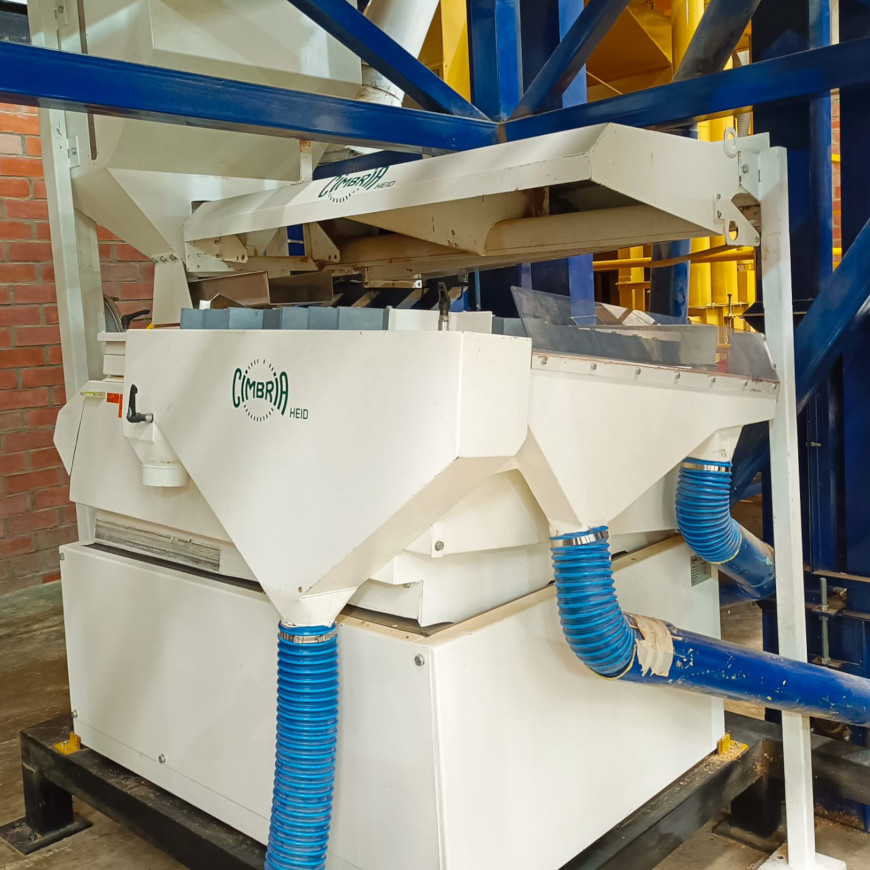
Beans classification. Courtesy: Wilton Benitez, Granja Paraiso 92.
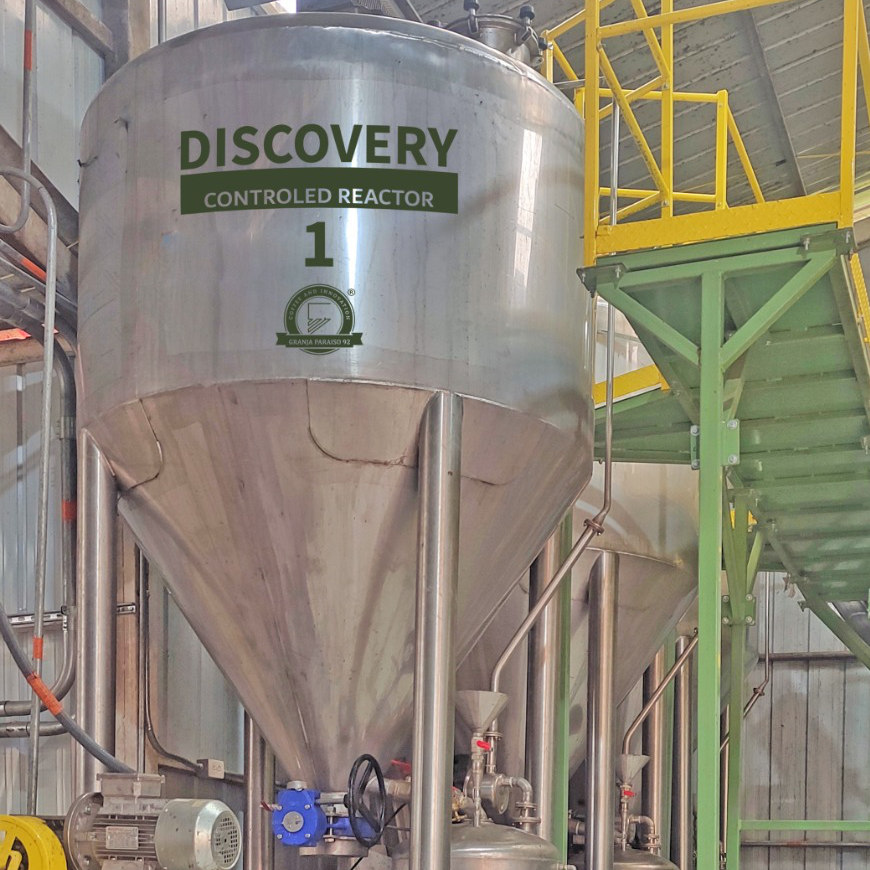
Bioreactor for controlled fermentation. Courtesy: Wilton Benitez.
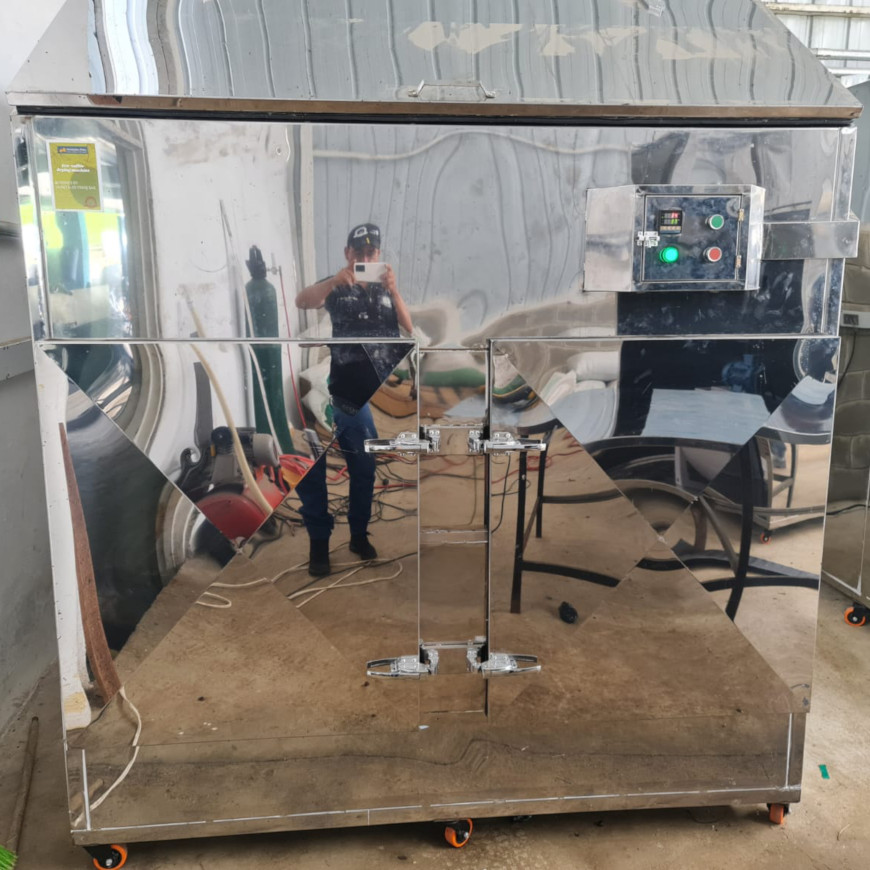
Ecological mechanical drying. Courtesy: Wilton Benitez, Granja Paraiso 92.


